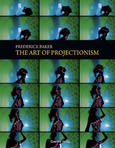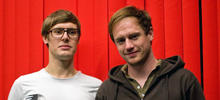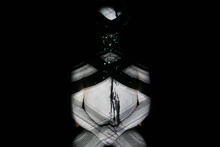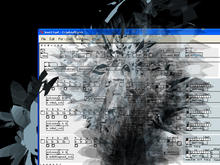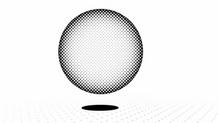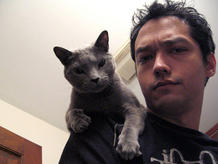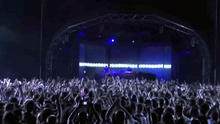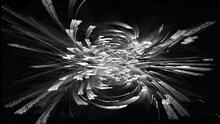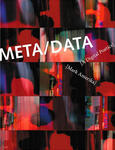Glyph
(2011)is a projection sculpture by Depart with references to ritual monuments such as obelisks or stelas. It deals with cyclic change and constantly regenerates itself. Made with Processing and Reaktor.
Glyph is an alphabet based on fundamental geometric shapes (rectangle, circle and triangle) acts as an communication device as well as a pure aesthetic element. All texts displayed are permanently evolving and restructured based on linguistic rules.
I
glyph cleavage
like man-high menhirs
one line unbroken
heading for a fold
in the ministry of mist
a high official locks the primary gate
seals it thoroughly with wax
as he does every evening
thinking about molten rocks
and flocks therof
fold what you have at hand
if nothing
for a fold creates a separation that is an union that is a divide that is a joint
for nothing is ever so insisting as an unbridged gap
At
the atoms’ of words nightly fission
demounted scriptures
let letters
be
and build.
A Kohen’s head leaking
kowtow prostration high I rise downlift
in steadfast decline
loose faith and lost face
An arbitrary figure
crouched in covered crevices
sleeps,
calmed by the superiority of imaginary numbers
unscramble the
low tower password
tear open a portable peakhole
flood it with a froth of (moth) light
Down the lightwell, white
like loitering in literal tunnelfunnels
for it may be found not on the surface but within
not on the peak but above
not on the ground but underneath
subterranean alps
and towers piercing the earth
for every pit you dig, erect a mountain
humbly construct folds, to create in-between spaces
and aptly distortions -
then hide whole chunks of space within its pleats
and time , what else
a room for concealment, unlonged for.
a realm subject to
negotiation
Source: Depart

